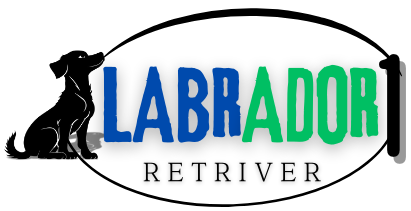Black Lab Blue Heeler Mix – What to Expect From This Energetic Crossbreed
You’re not just looking for a dog—you’re looking for a partner. A friend that keeps up with your pace, matches your loyalty, and brings unmatched intelligence to every moment you share. The Black Lab Blue Heeler mix, often called a Labraheeler, could be the exact match you’ve been searching for. But before you jump in, it’s essential to know what life with this hybrid breed truly looks like.
This cross between the ever-faithful Labrador Retriever and the razor-sharp Australian Cattle Dog (Blue Heeler) results in an energetic, devoted, and highly active dog that thrives with the right kind of owner. Whether you’re dreaming of hiking trails, agility courses, or just a dog who knows what you’re thinking before you say a word—this guide will help you decide if this powerful mix is right for your lifestyle.
Table of Contents
What Is a Black Lab Blue Heeler Mix?
When you blend two of the world’s most hardworking and intelligent breeds, you get more than just a unique-looking dog. You get the Labraheeler—half family-oriented retriever, half tireless herding dog.
- Labrador Retriever: Known for being friendly, studious, and adaptable, Labradors are often used as service dogs because of their reliability and simple nature.
- Australian Cattle Dog (Blue Heeler): Known for their intelligence, independence, and drive, the cattle dog was bred to herd cattle in rough terrain and has plenty of energy to get the job done.
This mix inherits characteristics from both sides, creating a dynamic and loyal companion—one that demands your attention, effort, and love.
Physical Characteristics of a Labraheeler
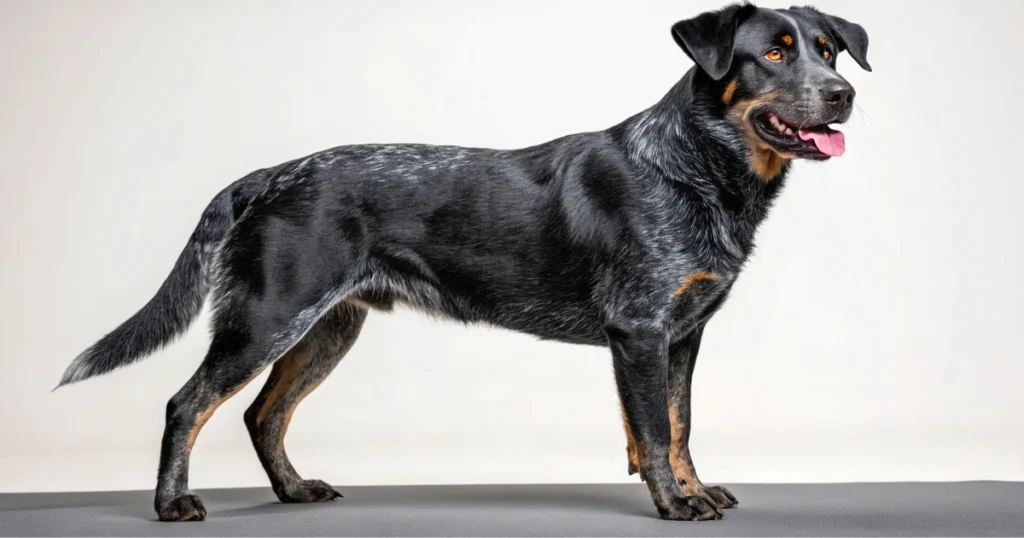
Appearance and Coat Type
Each Labraheeler can look a little different, depending on which parent’s traits dominate. Some look more like Labs with solid black coats, while others inherit the speckled, mottled look of the Blue Heeler.
- Common coat colors: Black, blue-speckled, black and white, tan markings
- Fur texture: Short to medium-length double coat, weather-resistant
- Facial features: Alert ears (often semi-erect), intelligent almond-shaped eyes, muscular build
Size and Weight
This hybrid tends to fall into the medium to large dog category.
| Age Range | Average Weight |
|---|---|
| Puppy (3–6 months) | 15–30 lbs |
| Adult (1–6 years) | 40–80 lbs |
| Senior (7+ years) | 35–70 lbs |
Their exact size will depend on genetics and diet, but expect a sturdy, athletic dog built for activity.
Personality and Temperament
Loyal, Alert, and Active
You’ll never feel alone with a Labraheeler by your side. These dogs form intense bonds with their humans and will often follow you from room to room. They’re deeply intuitive and will notice even subtle changes in your tone or body language.
Expect these core traits:
- High energy: Not a lapdog. This breed needs to move, work, and stay engaged.
- Loyalty: They’ll pick their person (maybe you!) and stay devoted for life.
- Protective instincts: From the Heeler side, they can be naturally wary of strangers—early socialization is key.
- Intelligence: This is not a breed you can ignore mentally. They crave learning and thrive on structured activity.
Best Match for the Right Home
The Labraheeler shines in environments where they’re given space, time, and purpose.
Ideal for:
- Active individuals or families
- Homes with a fenced yard
- People who enjoy hiking, jogging, or agility sports
Not ideal for:
- Low-energy households
- People who are rarely home
- First-time dog owners unprepared for a challenge
Exercise and Training Needs
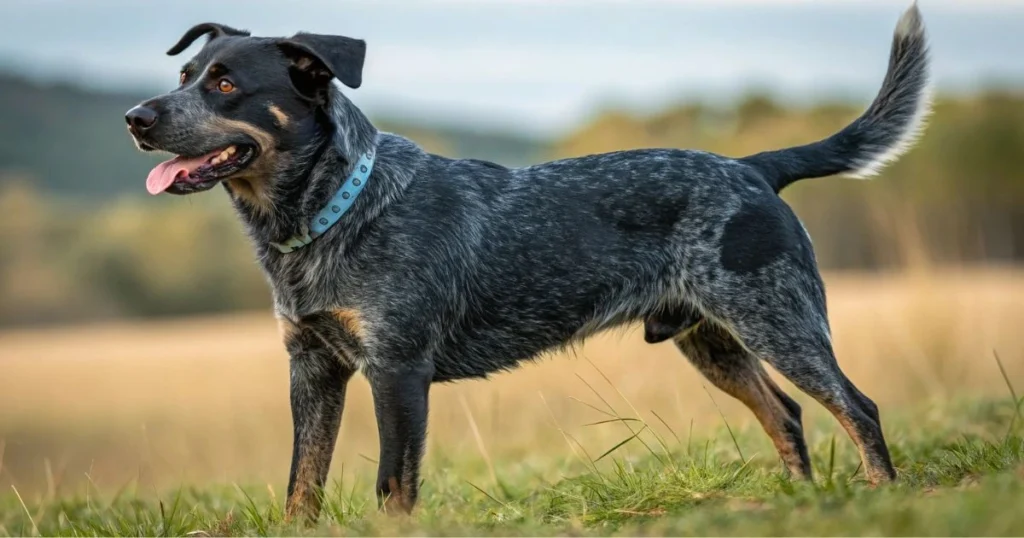
You’re Not Just Owning This Dog—You’re Training Them Daily
If you’re not ready for a daily fitness partner, this isn’t the breed for you. The Labraheeler is constantly looking for a job, even if that job is chasing a ball or mastering an obstacle course.
Daily Physical Requirements
- Minimum: 60–90 minutes of activity
- Ideal: Mix of walking, running, training games, and interactive play
- Bonus: Herding tasks, obstacle courses, swimming
Training Tips That Work
- Start early—between 8 to 12 weeks is ideal
- Use short, clear commands with rewards
- Mix physical with mental challenges
- Stay consistent; they thrive on routine
Helpful Training Tools:
- Clickers for precision training
- Treat-dispensing puzzle toys
- Agility tunnels and platforms
- Long leashes for recall work
Health Considerations and Lifespan
Labraheelers are generally hardy, but they can inherit some health issues from either parent breed.
Common Health Concerns
- Hip dysplasia: Especially from the Labrador side
- Progressive retinal atrophy (PRA): Can affect vision over time
- Obesity: Particularly if under-exercised or overfed
- Ear infections: Due to their semi-floppy ears
Lifespan
With proper care, nutrition, and exercise, your Labrador Shepherd can live 12 to 16 years.
Preventative Health Tips
- Annual vet checkups
- Weight monitoring
- Joint supplements after age 5
- High-quality diet tailored to their needs
Nutrition and Feeding Guidelines
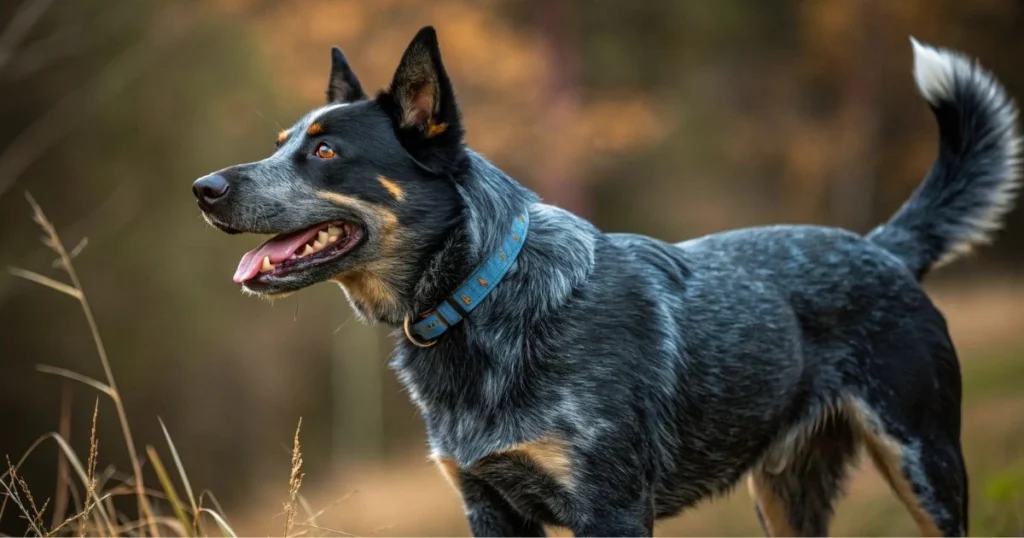
Feeding your Labraheeler the right diet can make a significant difference in their health, energy, and lifespan.
Nutritional Needs
- High protein: Supports muscles and activity levels
- Omega-3s: For joint and brain health
- Controlled fat: Prevent weight gain
- Vitamins C and E: Helps with immune function
| Life Stage | Recommended Food Type |
|---|---|
| Puppy | High-protein growth formula |
| Adult | Active breed or working dog formula |
| Senior | Joint-support + lower calorie blend |
Top Dog Food Brands to Consider
- Orijen Original – Packed with raw protein and nutrients
- Hill’s Science Diet Active – Designed for working breeds
- Blue Buffalo Wilderness – Grain-free, high in natural meats
Always adjust portion sizes based on your dog’s weight and activity level, as well as your veterinarian’s recommendations.
Grooming and Maintenance
The Labraheeler’s coat is relatively low-maintenance—but don’t mistake that for no maintenance.
Grooming Routine
- Brushing: 1–2 times per week
- Bathing: Once every 1–2 months or as needed
- Nail trimming: Every 3–4 weeks
- Ear cleaning: Weekly to prevent infection
During the change of seasons (spring and fall), hair loss increases. So, be prepared with your hair removal tools.
Living with a Black Lab Blue Heeler Mix
Apartment Life or Wide Open Spaces?
This isn’t the kind of dog you keep cooped up indoors all day. While they can live in apartments, they thrive best with access to a yard or frequent trips to open spaces.
Compatibility with Other Pets
- May attempt to herd smaller animals
- With early training, they can coexist peacefully
- Puppy socialization is essential for success.
Pros and Cons of Owning a Labraheeler
Pros
- Deep loyalty and devotion
- Excellent fitness companion
- Intelligent and eager to learn
- Naturally protective without being aggressive
Cons
- High energy requires commitment
- Not ideal for sedentary lifestyles
- Can be destructive if bored or under-exercised
- May show herding behavior with children or pets
Frequently Asked Questions (FAQs)
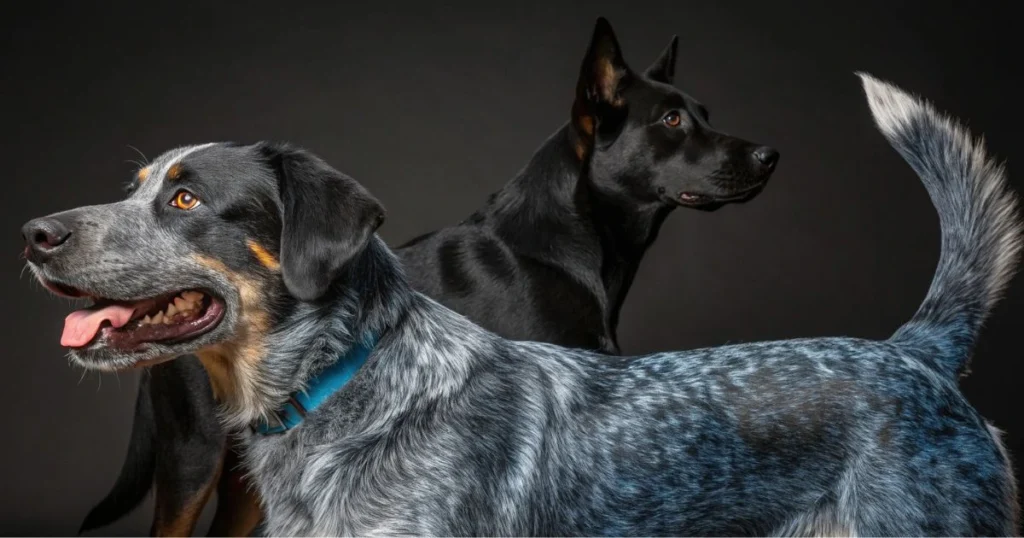
What is the expected size of a Black Lab Blue healer mix?
You can expect your Labraheeler to weigh between 40 to 80 lbs and stand 18 to 24 inches tall at the shoulder.
Are Black Lab Blue Heeler Mixes aggressive?
No, not necessarily. Despite not being inherently hostile, they can be watchful and protective. It all comes down to early socialization and training.
Is the Black Lab Blue Heeler Mix good with kids?
Yes, when properly trained. But because of their herding instinct, they might nip or chase small children. Always keep an eye on kids while they are playing.
How much exercise does a Labraheeler need daily?
They need at least 60–90 minutes of vigorous activity every day, including both physical and mental stimulation.
Do Black Lab Blue Heeler Mixes shed a lot?
They do shed occasionally throughout the year, but more frequently during the changing of the seasons.
Conclusion: Is the Black Lab Blue Heeler Mix Right for You?
This isn’t a dog you bring home and forget about. The Black Lab Blue Heeler mix demands your time, energy, and heart—but gives you back tenfold in loyalty, fun, and partnership. If you’re active, love a good challenge, and want a best friend who keeps pace with you in every way, the Labraheeler might just be your perfect match.
